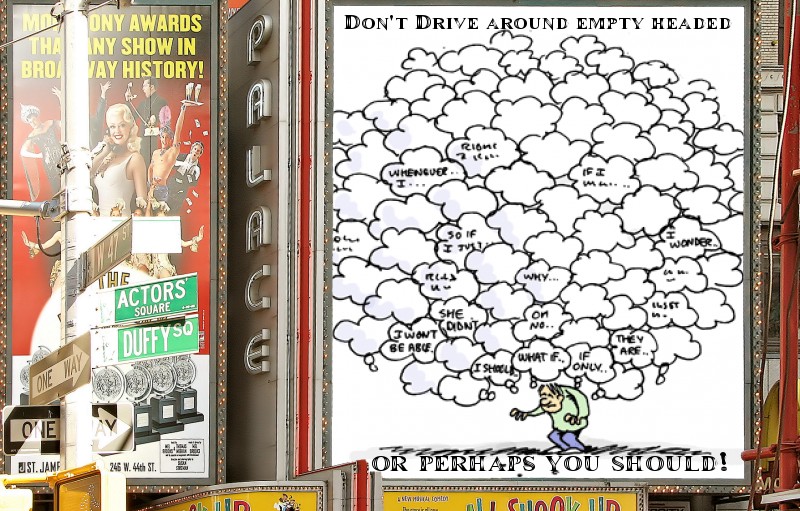I have been focused on how the situation affects our behaviour beyond our intentions and dispositions as I continue to widen my understanding of using the web for education.
In my teaching I have been exploring the ways in which we can train our attention beyond the habitual – how to access what Francisco Varela called the Blind spot of cognitive science,
“I maintain that there is an irreducible core to the quality of experience that needs to be explored with a method. In other words, the problem is not that we don’t know enough about the brain or about biology, the problem is that we don’t know enough about experience… We have had a blind spot in the West for that kind of methodical approach, which I would now describe as a more straightforward phenomenological method. … Everybody thinks they know about experience, I claim we don’t.” Francisco Varela
I met Francisco at Schumacher College in the UK a year before his death. We talked as we walked by the river near the college and our conversations are imprinted in my mind to this day. He was a wise man, a buddhist, an academic, but most of all a warm and kind man who one could speak to easily.
After many years, I am coming back full circle to his work. It is helping me bring a secular way to describe to a wider audience what I live each day in my buddhist practice. As I help students find resources for their final papers, I come across a website with a list of publications by David Levy – the author of Mindful Tech.
I respect David’s work and his book was a joy to read, but the publication page gave us access to so much more. I was lost in it for some time…not just for my students, but for my own learning.
The contemplative construction of reality is a new theoretical framework for me. It is to be contrasted with the idea of the social construction of reality – used far too often to push an agenda of forced connection in education via the internet. It has given me a framework within which to position my current work in online insight dialogue and the use of contemplative pedagogies in online education.
What follows are reflections on how my own thinking has been challenged by what I have been reading and how these reflections are re-shaping my view of life online for both personal and educational purposes.
Continue reading “The contemplative construction of reality”


